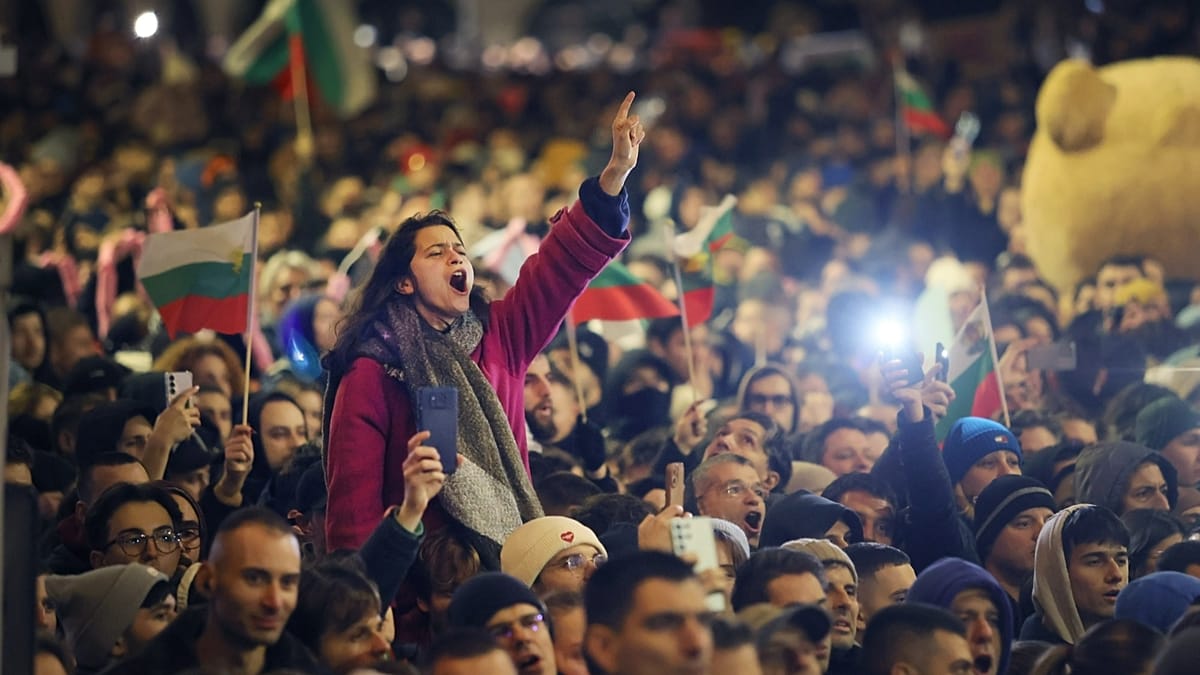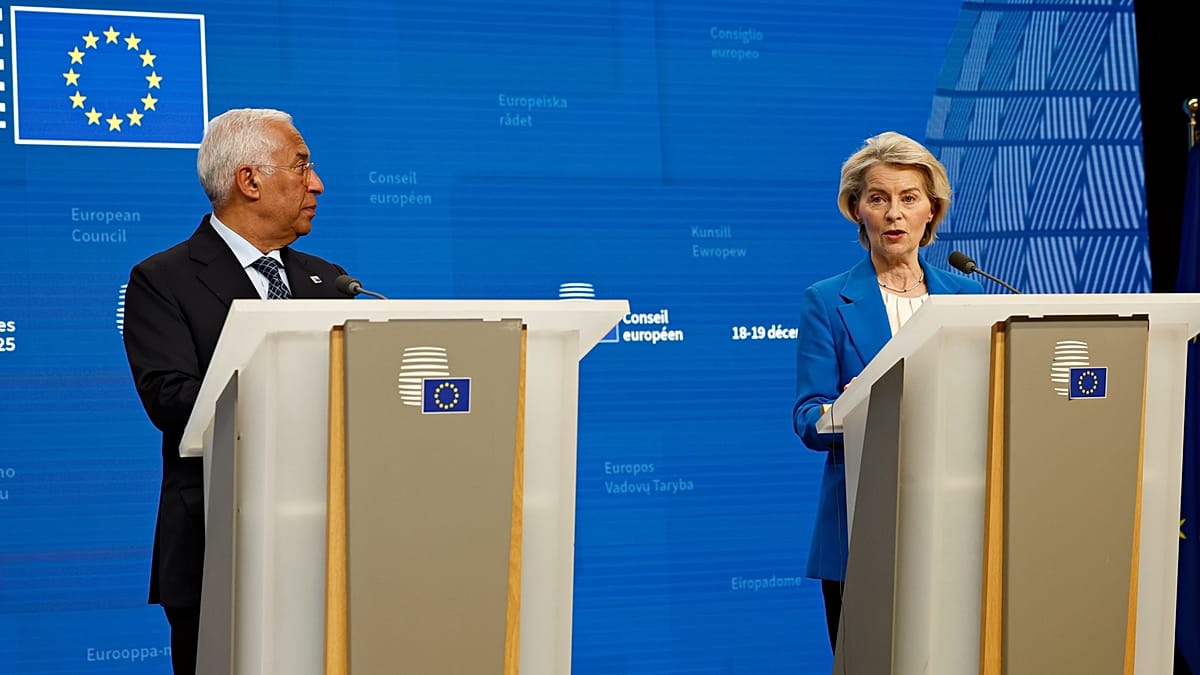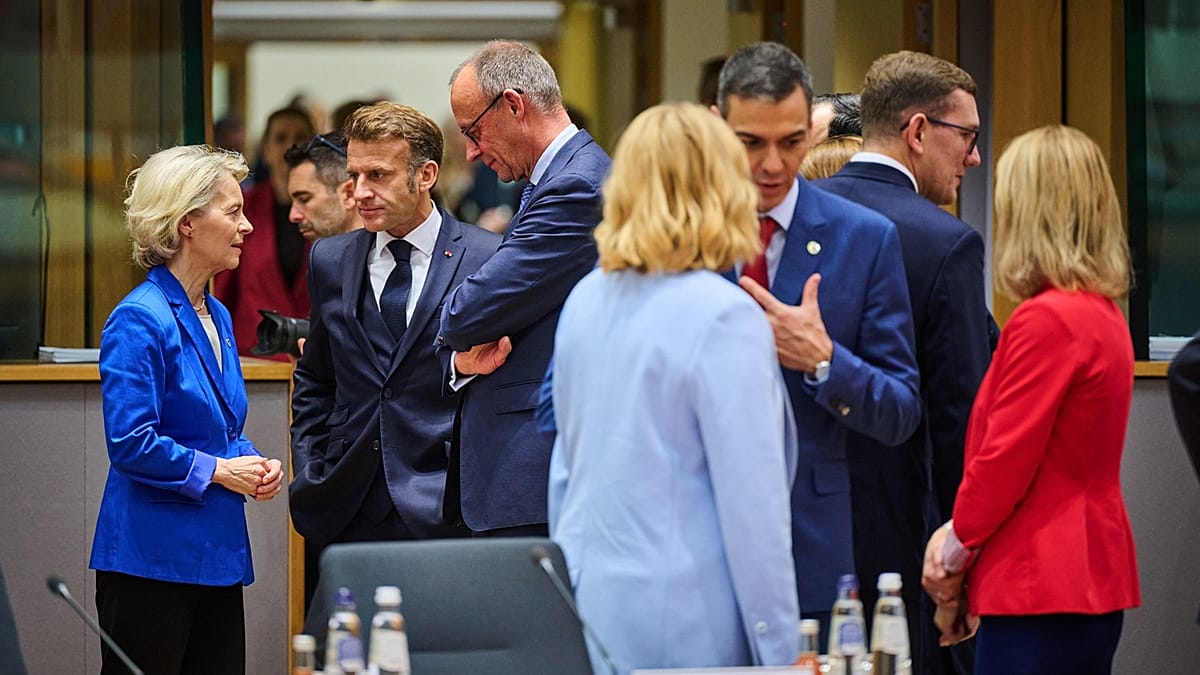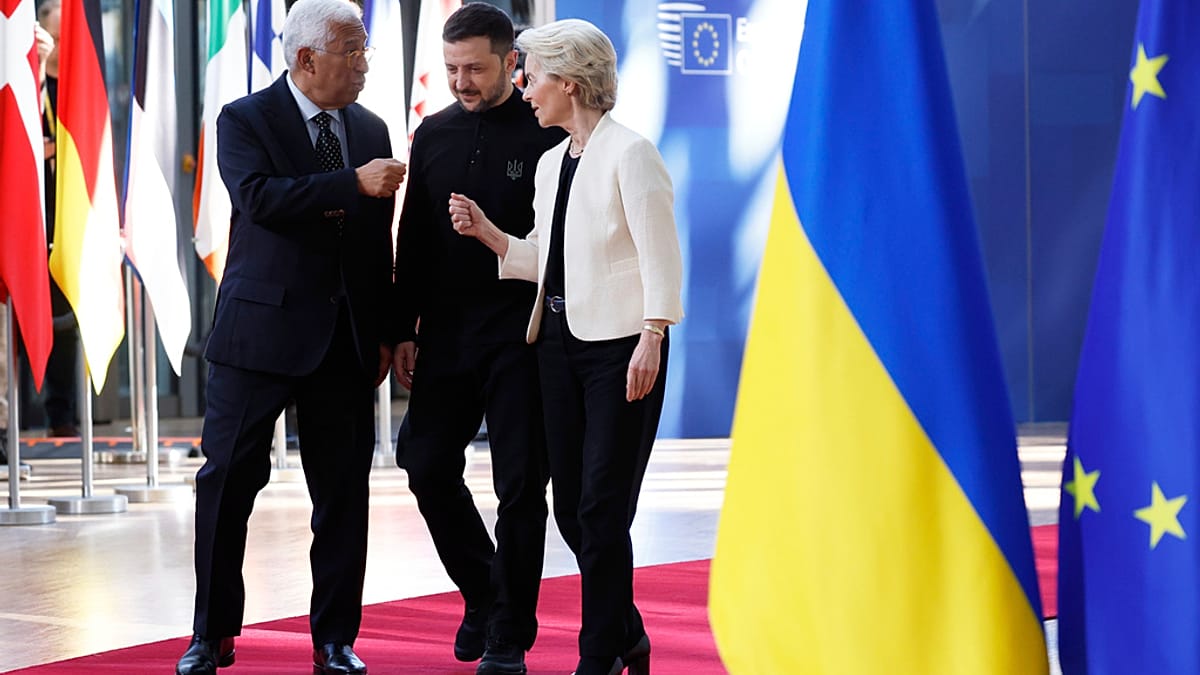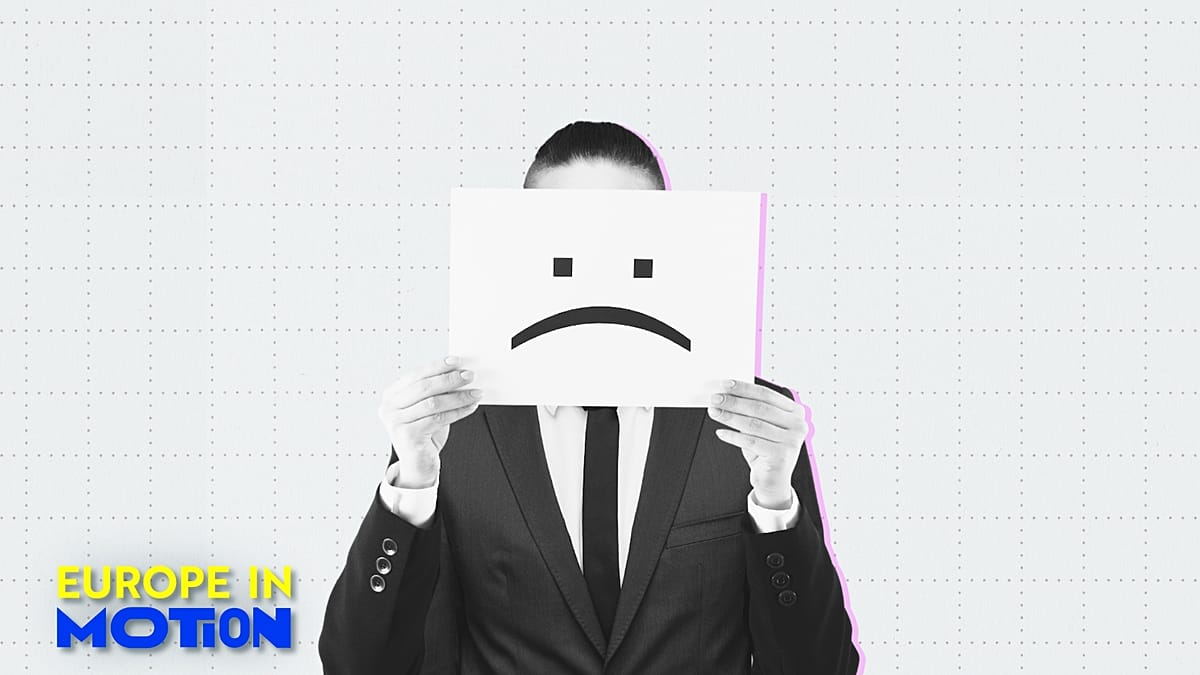
Is the average European worker’s dream to become a clerk in the Netherlands?
There’s no study to prove it, but one thing’s clear: no other group of employees in Europe feels happier with their pay.
Dutch administrative and support services workers have the lowest complaint rate about their pay, at only 14.5%, followed by Netherlands-based utility workers (like engineers, electricians, plumbers, waste management operators) at 17%, and Dutch civil servants with 23%.
That’s according to a major study on 16,000 workers in 16 European countries and 15 working sectors by SD Worx, a pan-European HR firm.
But the same can’t be said for all sectors. Slovenian healthcare workers top the ranking of those who feel most frustrated (74.7%), followed by Germany’s hospitality workforce (73.0%) and Sweden’s education professionals (72.7%).
Are most Europeans happy with their pay? It depends
Overall, 49% European workers say they are underpaid. However, when the same question is posed to employers, 64% of them insist they offer fair salaries.
Balkan employees emerge as the unhappiest in Europe when it comes to pay, as the majority of Slovenians (60%), Serbians (59%), and Croatians (58%) say they don’t make as much as they deserve.
At the opposite end, workers in Belgium and the Netherlands are the most content, with more than 60% saying they earn enough.
Romanians come third (58%), followed by the Brits, 57% of whom say they’re bringing in enough.
Yet, British — and Irish — employers consider themselves far more generous than their employees think, with a gap of more than 20 percentage points in both countries between what employers and employees deem “fair pay” — the widest in the entire survey.
Sector by sector, the most dissatisfied workers in Europe are in healthcare (56.5%), education (54%) and manufacturing (51%).
The lowest complaint rates come from finance, construction and administrative services, all just under 45% .
Gender pay gap: Where is there most equality?
In general, women are more likely than men to say they’re underpaid (51.5% vs 47%).
Perhaps surprisingly, Finland shows the largest gap in salary fulfilment between men and women – 14 points – followed by Finland (12.4), Croatia (11) and France (8.8).
Across all surveyed countries, women report higher salary concerns than men, except in Spain, Germany, and the UK, where more men than women say they earn unfair pay (though the gaps between men’s and women’s concerns are smaller).
Reality check: Does salary gap perception match the facts?
It depends on the country.
In Germany, for example, it doesn’t. Although German male and female workers report almost identical salary satisfaction (53.8% for men vs 54.4% for women), the country has the fourth-highest gender pay gap in Europe, 17.6%, according to Eurostat data.
The Eurostat gender-pay gap shows the actual male-female earning difference, while the SD Worx focuses on perception.
Croatia also shows a discrepancy between perception and reality. While it ranks second in perceived gender inequality, it actually reports one of the lowest gaps in Europe: 7.4%.
For Finland, however, the perception of a male-female gap appears justified. The satisfaction between genders (12.4 in favour of men) nearly mirrors the real gender pay gap situation, with Finland having the 7th largest gap in the EU, with 16.8 points.
Same for Norway, which has a similar gender pay gap – 12.8 points.
Employer perspective: What are the most urgent issues to fix?
Employers don’t seem particularly poised to address the gender pay gap where it exists.
In Finland, for example, only about a quarter of employers acknowledge the problem, with the European average not coming in much higher: just 35%, according to SD Worx.
Improving “diversity, equity and inclusion” isn’t topping most employers’ agendas, ranking only 15th among the most pressing HR challenges.
The top priorities — they claim — are “employee well-being”, “retention and turnover”, “recruitment”, “employee engagement”, “compensation & benefits”, “hybrid work” and “internal communication and transparency”.
What they appear to care about least is their personal branding, ranking last out of 26 options.

